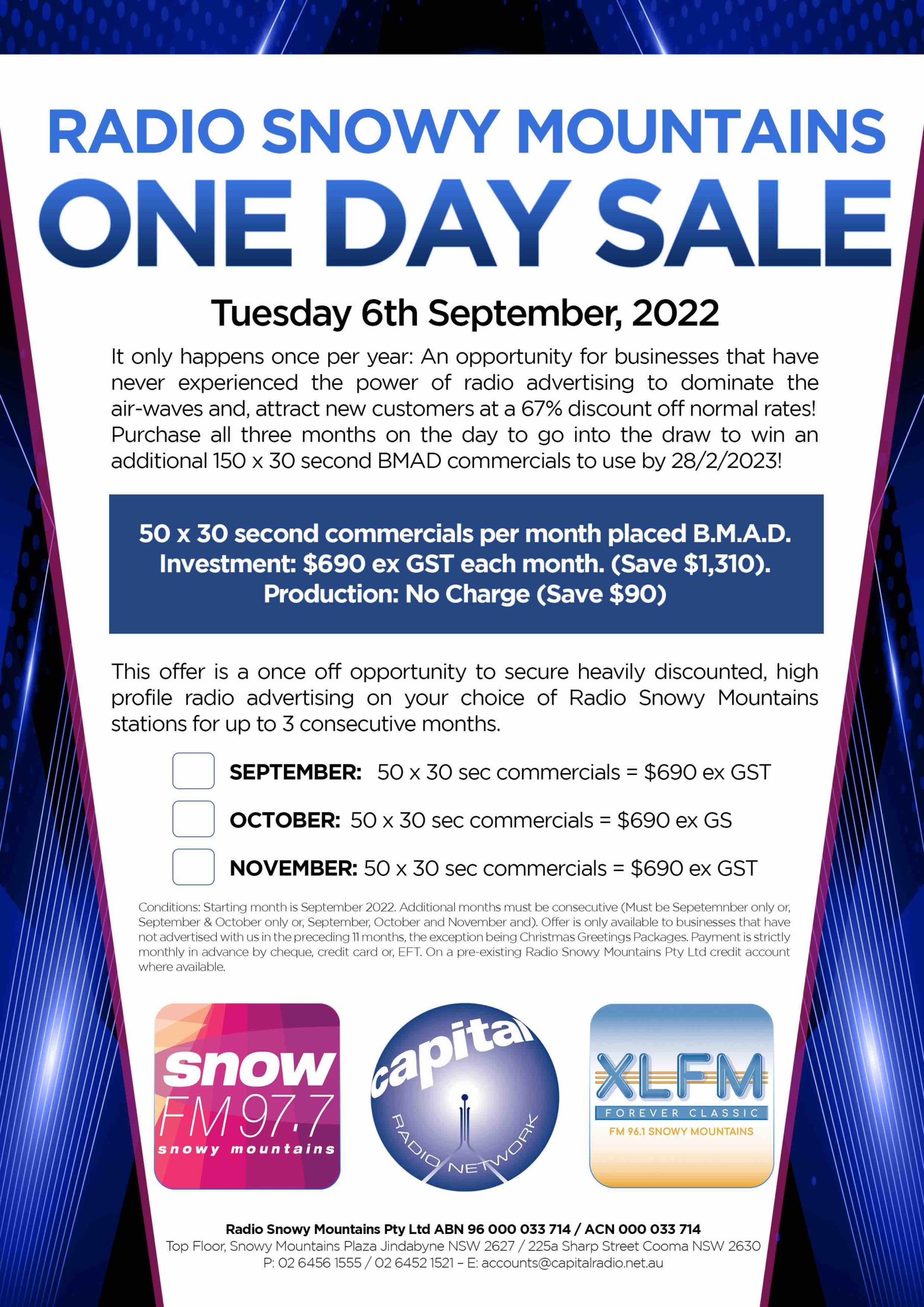
Online video advertising can be a powerful way to reach potential customers on a deeper level. It can also help you achieve your marketing goals by increasing brand awareness, driving traffic to your website and generating sales.
Digital video is an online form of advertising that uses audio and moving images to communicate a message. It can be produced in-house or by a third party, and it can be produced in a variety of formats.
Video advertising is a great way for potential customers to be reached, especially in B2C markets. However, it's crucial to ensure that the video fits your business and brand. Here are some tips to make your video advertising campaign a success.
Create a high-quality, engaging video that your audience will enjoy and that will help you accomplish your marketing goals. This could include storytelling, an emotional message and a unique video format.

You can maximize the reach and impact of your video by distributing it through the right channels. You have many options to promote your video: paid, earned, and owned channels. You need to decide which channel is best for you based on your goals and budget.
Testing and optimizing your videos over time is the best way to determine what works. You can measure ad impressions as well as views and click-throughs. To track the impact of your video on your bottom line, you can also track your behavior and convert.
If you're new to video marketing, start small and scale up gradually. You can get help from experts early in your career to make sure your video ads align with your business goals.
You can use storytelling to make a video that grabs attention and gets your audience interested in your product. This can be done using comedy, drama and even animation. Storytelling can be used to tell your brand's story.
Optimize your video to increase its effectiveness by including a CTA in the video, adjusting the description copy, or creating an incentive for viewers to click through. To further increase your video's reach and effectiveness, share it on other platforms.

It's also a good idea to use search engines to promote your video, as they reward websites with video content with better rankings. Google says that 55 percent are video-based searches and that websites with video content rank higher than sites without it.
Publish your video on your website and social media outlets to increase brand awareness, drive traffic to your site, and convert prospects into customers. This can be achieved by embedding your video on your homepage and ecommerce pages, sharing it on Facebook, Instagram, or Twitter, and adding your URL in the video's description.
FAQ
What does it mean to be an advertiser buyer?
An advertiser purchases advertising space on TV, radio or print media.
Advertisers pay only for the time their message is to appear.
They do not always look for the best ads, but are looking for the most effective to reach their target audience.
An advertiser might have information specific to their potential customers such as age and gender, marital status or occupation, hobbies, interests, income, etc.
This information can be used by advertisers to decide which media works best for them. Direct mail might be more effective with older customers, for example.
Advertisers also look at the competition. If there are similar businesses nearby, they might choose to place their ads near those competitors.
Advertisers should also consider the budget they have and how long they plan to spend it before it expires.
What do you need to know about internet advertising?
Internet advertising is an essential part of every business strategy. It helps companies reach potential customers at a low cost. There are many forms of internet marketing. Some are completely free while others require payment.
You can also advertise online using banner ads, pop up ads, search engine optimization, pay-per-click advertisements (PPC), social media marketing (e-mail marketing), and mobile marketing. Each method has its pros and cons.
Why should you use social media to promote your business?
Social Media Marketing allows you to reach customers right where they are, via social networks like Facebook, Twitter, LinkedIn and YouTube. You can also target specific groups within these networks using keywords.
This advertising strategy is cost-effective as it costs less than traditional methods to market online. This allows you to establish strong relationships with current and future clients.
It's very easy to start using social networks to promote your business. You only need a smartphone or computer and internet access.
What do you need to know about television advertising?
Television advertising is a very effective medium to reach many people at once. It was also extremely expensive. However, if you use it well, it can be incredibly powerful.
There are many different types of TV ads, but they all have certain common characteristics. You must ensure your TV ad fits within the category it is being placed. Do not attempt to run a lifestyle advertisement as a product advert. Your message should be consistent throughout the entire campaign.
Second, prime-time hours are the best times to air your ads. This is because most viewers watch TV while relaxing in front of the set. They should be able to concentrate on what you are saying.
The bottom line is that even if you have a lot to spend, it doesn't necessarily mean you'll be able to get great results. Actually, it could be the contrary. According to a University of California study, commercials that aired on popular TV shows had lower sales than those that aired on unpopular programs. So, if you spend a lot of money on TV advertising, ensure you do it right.
What is an ad-campaign?
Advertising campaign refers to a series of advertisements intended to promote a product. It can also refer entirely to the production of such ads.
The Latin word for selling is "ad." Marcus Terentius Varro (116–27 BC), the first known user of the term "ad" used it to mean "to make sales."
Large companies or agencies usually do advertising campaigns. These campaigns may include many media types such as print, television, radio and the internet.
Advertising campaigns are typically long-lasting and have clear goals. One example is that some campaigns seek to create awareness while others are more focused on increasing sales.
How do I choose my target audience?
Start with yourself and those closest to your heart. Ask yourself "Who am I trying reach?" if you aren't sure where to start.
Ask yourself the following questions: Who are my industry's most influential people? What are their biggest challenges? What are their top talents? You can find them online.
Go back to the beginning when you started your business. Why did you begin? How did you solve the problem?
These answers will help to identify your ideal clients. You'll also learn more about what makes them tick and why they buy from you.
To get clues about who they cater to, you can also check out your competitors' social media pages and websites.
Once you have identified your target customers you will need to choose the channel to reach them. For example, if your company provides services to real estate agents, you might create an informational website targeting home buyers.
You could create a blog if you offer software to small business owners.
If you sell clothing, you can create a Facebook fan page for teens. Or if you're a restaurant owner, you could set up a Twitter account for parents looking for kid-friendly places to eat.
This is the point: There are many ways to communicate your message.
Is it possible for traffic to be free?
The traffic that is free comes from organic search results and does not require you to pay for ads. This type of traffic is known as organic traffic or natural traffic. There are many methods to obtain free traffic such as article marketing or social media marketing.
Article marketing is one of the most effective ways to get free traffic. This is because it has a very low cost per click (CPC). Paying for ads is often more expensive than CPC. Article marketing is also called content marketing.
Social Media Marketing – Social media platforms like Facebook, Twitter and LinkedIn let you promote your business via advertising. You can use these platforms to post updates, share photos and build relationships with people who may become potential customers. Many businesses pay to advertise on social media sites because they want to reach more people at a cheaper price.
Blogging-Blogging is another great way of generating free traffic. If you create quality content that people love to read, visitors will find you. Once your blog is attracting visitors, it's possible to make money from it by selling products and/or services.
Email Marketing – Email marketing has been around ever since the dawn of the Internet. However, it remains one of your best methods to drive traffic to you website. You can grow your list and eventually sell to subscribers by sending them emails frequently.
Statistics
- It collects money from the advertisers, keeps 32% for its role in facilitating the process, and the remaining 68% goes to the publisher (you). (quicksprout.com)
- This means that at least 50% of an ad needs to be shown on the screen for at least one second. (quicksprout.com)
- Google will display whichever ad type (CPM or CPC) is expected to earn more revenue for the publisher, which is in Google's best interest since they take a 32% share of the revenue. (quicksprout.com)
- It's 100% reliant on your website traffic. (quicksprout.com)
External Links
How To
How do I advertise on Google?
AdWords, Google's advertising platform, allows businesses to buy ads based upon keywords they wish to target. The first step is setting up your account. First, you choose a campaign name. Next, you set the budget and select the ad type. Finally, add keywords. You then bid on these keywords. If someone clicks on one of your ads, you pay only if the click comes from a person who searched for one of your targeted keywords. This allows you to get paid even if people don’t buy anything.
Google offers many tools to ensure your ads are successful. These tools include Ads Preferences Manager Manager, Keyword Planner and Analytics. These tools allow you see which options work best for your business.
A keyword planner helps you determine which keywords to use for your campaigns. It also shows you how much competition there is for certain keywords, helping you decide whether or not to spend money bidding on them.
Ads Preferences Manager is available to alter settings such as maximum number of impressions per calendar day and minimum cost per click.
Analytics allows you monitor and compare the performance to your ads against other companies. You can view reports that show how your ads performed in comparison to other ads.